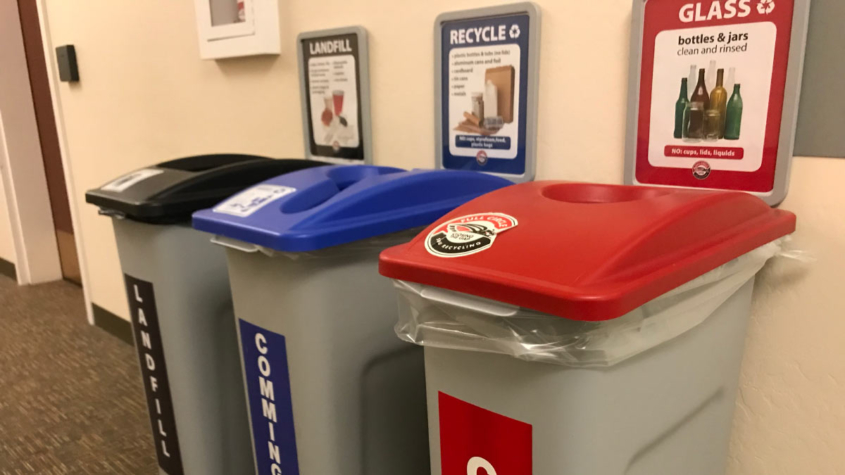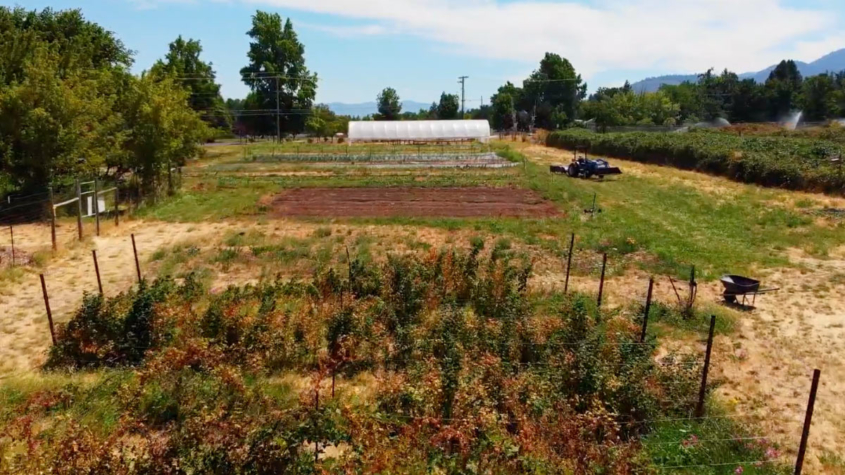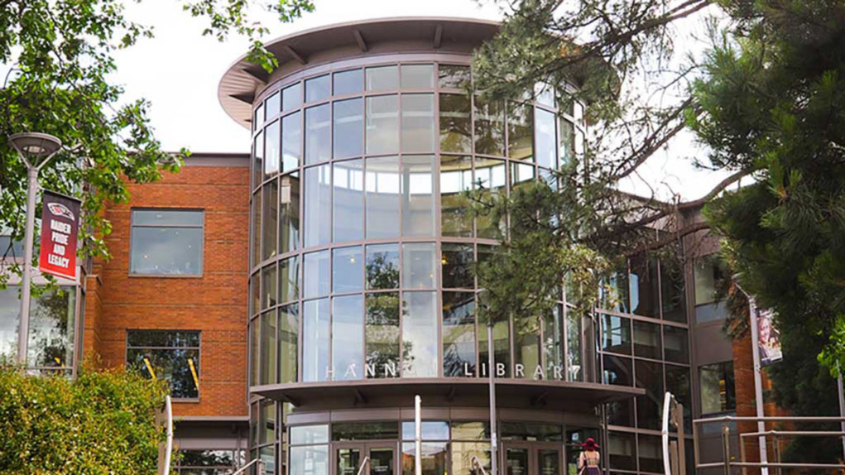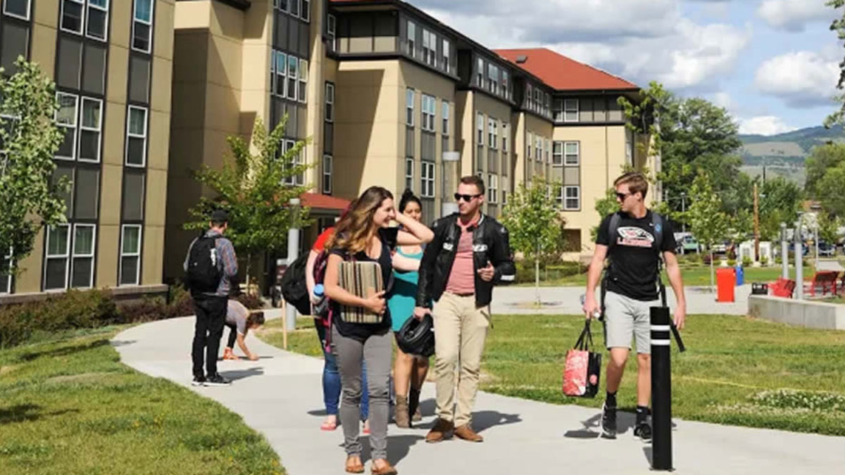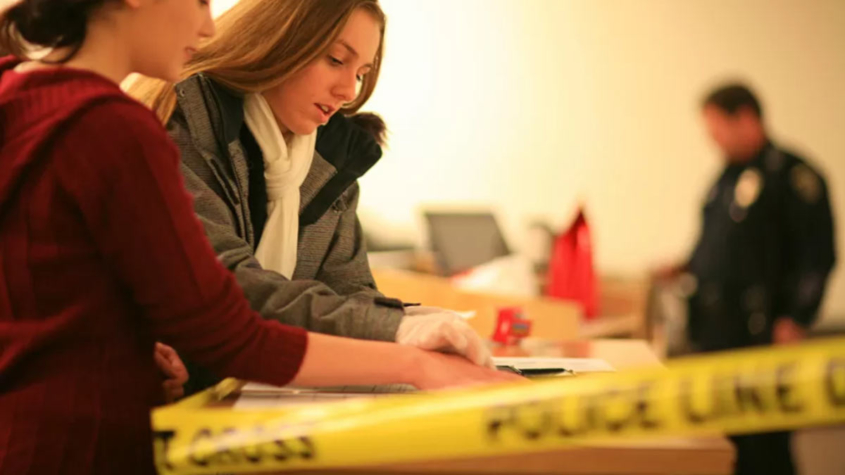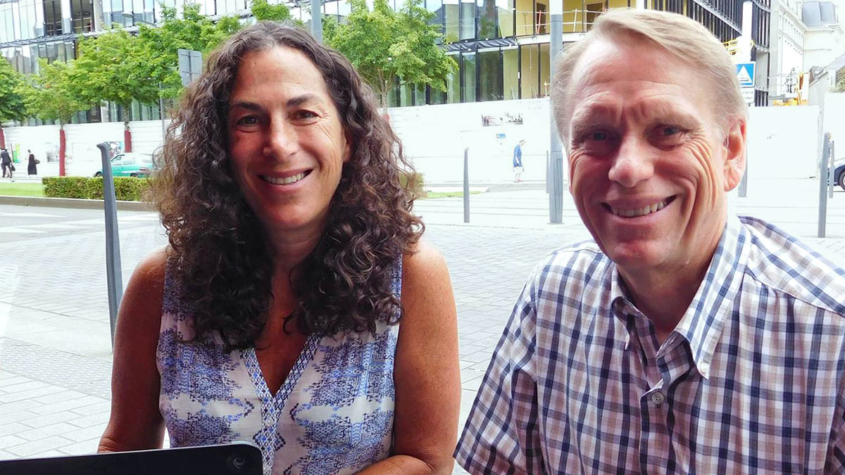Initiative to reduce trash cans – and trash – continues despite COVID-19
COVID-19 has reached so deeply into everyday life that it’s affected even seemingly unrelated procedures and initiatives – such as a project to reduce waste at SOU by eliminating individual trash cans.
The program – launched in January by sustainability and recycling manager Rebecca Walker – is continuing, but at a different trajectory and pace.
Walker, who became SOU’s sustainability and recycling manager in November, launched the initiative to remove individual trash cans from rooms across campus, starting with the Facilities, Management and Planning building.
“This is a small change, but to me a critical one,” Walker said. “Studies have shown that removing individual trash cans has a number of benefits, including the reduction in the use of plastic liners, helping staff and students to think about how they handle their trash, increasing recycling rates … and reducing overall trash.”
It will also save money by reducing the amount of time the custodial staff needs to take out the trash.
The Science Building, Taylor Hall, and Churchill Hall had their trash and recycling measured in early January, before the initiative started. The intent was to allow Walker and the rest of the Facilities, Management and Planning team to check the initiative’s outcome by comparing measurements later. Unfortunately, COVID-19 threw a wrench into that plan – the reduced presence of students and employees on campus would skew trash comparisons,.
“We haven’t done any trash measurements since January,” Walker said. “And with less people on campus and a campus operating differently, we are going to roll out this program of work over a longer period of time.”
It’s only small, individual cans found in classrooms, offices and other locations that will be removed. The centralized waste stations (the ones containing three bins for trash, paper, and glass) will still be in every building, a short walk from most locations. And Walker is prepared to make exceptions in some situations.
“Not all individual trash cans had been removed,” she said. “In some cases, it makes sense to keep a smaller trash can between a few people or an individual trash can. We need to put in place systems that work for everyone, and in some cases there may be a reason why someone has to keep an individual trash can.”
The initiative has temporarily slowed, but it isn’t going away.
“We do intend to continue to roll out (the trash can) project – including centralized locations, signage and education and awareness for recycling – over the summer,” Walker said. “Recycling is an important foundation for any campus to have in place to achieve its sustainability goals.”
In the meantime, she has refocused her team on projects that can be completed predominantly online – such as a new, more ambitious SOU Climate and Sustainability Plan.
“I have been working with the Sustainability Council and students to initiate (the development of a Climate and Sustainability Plan),” she said. “We have exciting plans of getting as many involved as we can through Zoom workshops and social media to maximize participation and involvement in the current, more online community.”
Those who want to be involved or have ideas for sustainability and climate action at SOU should complete the form at (https://form.jotform.com/200288565040148) by Friday, May 15.
Story by Blair Selph, SOU Marketing and Communications student writer

